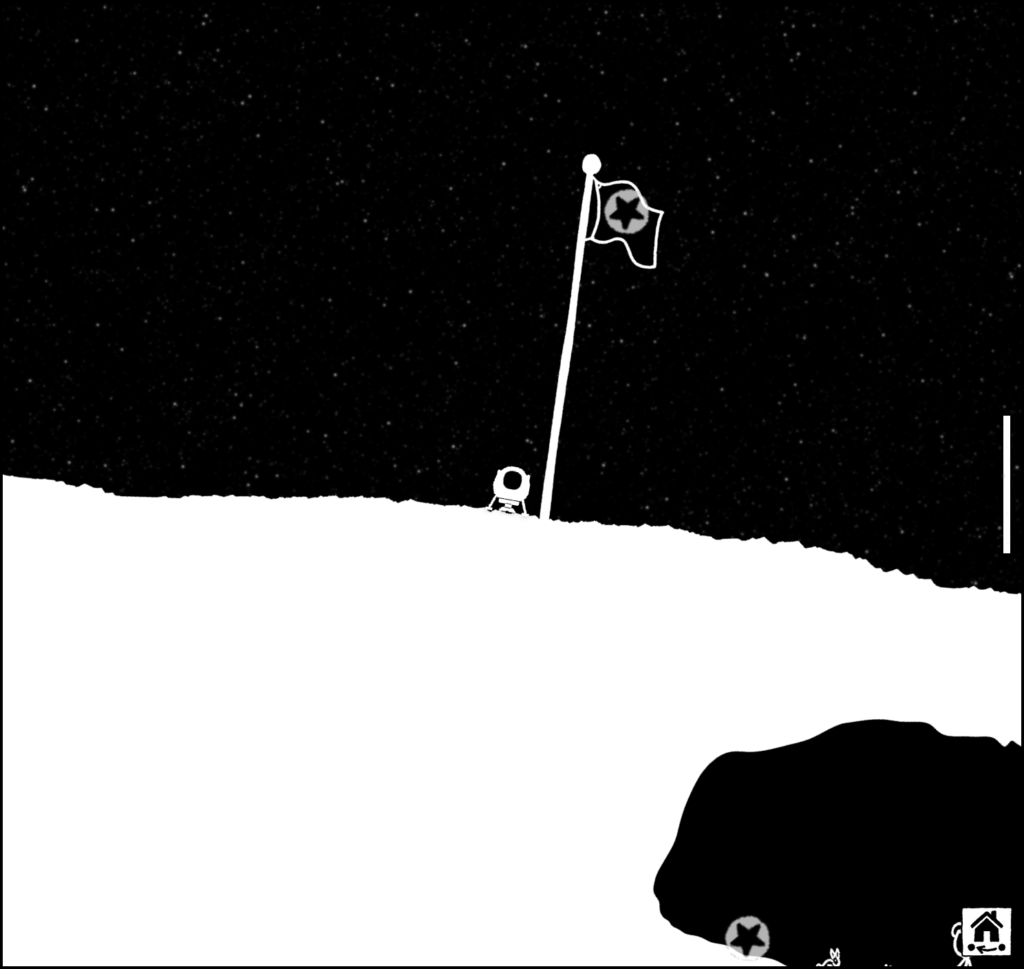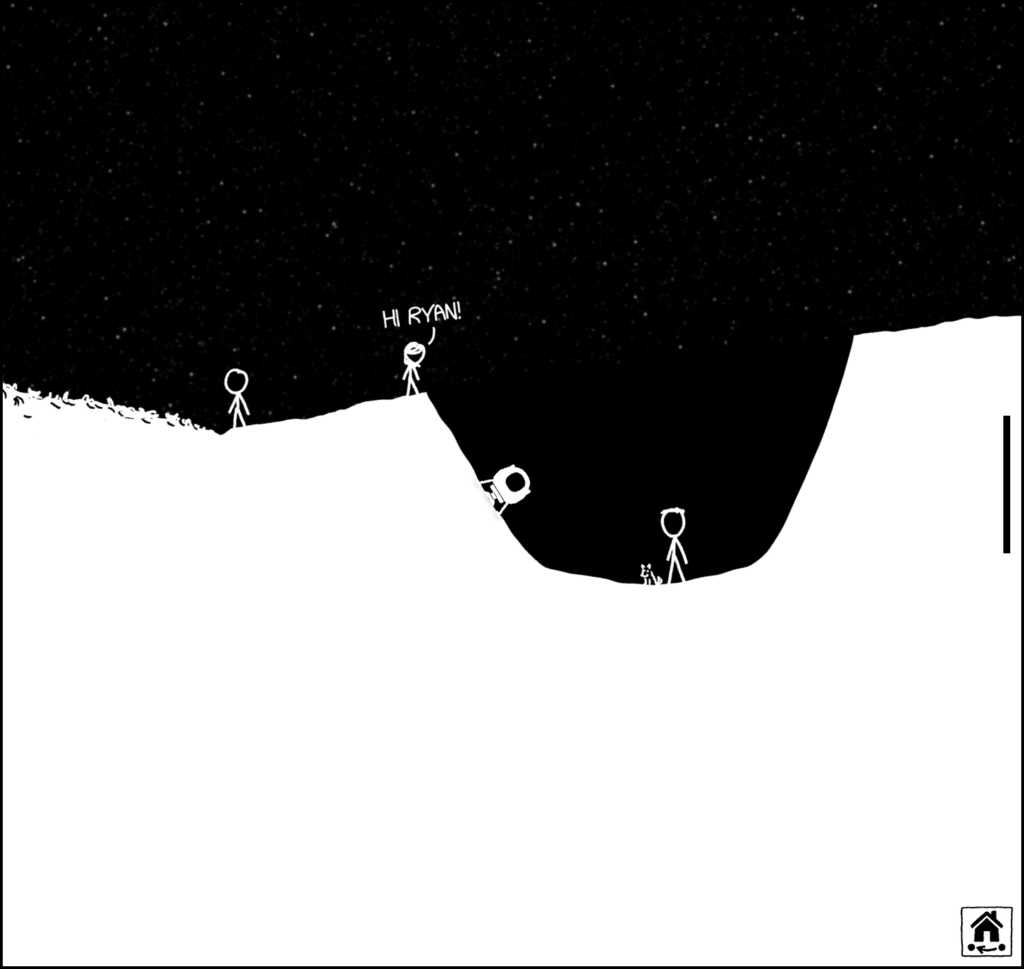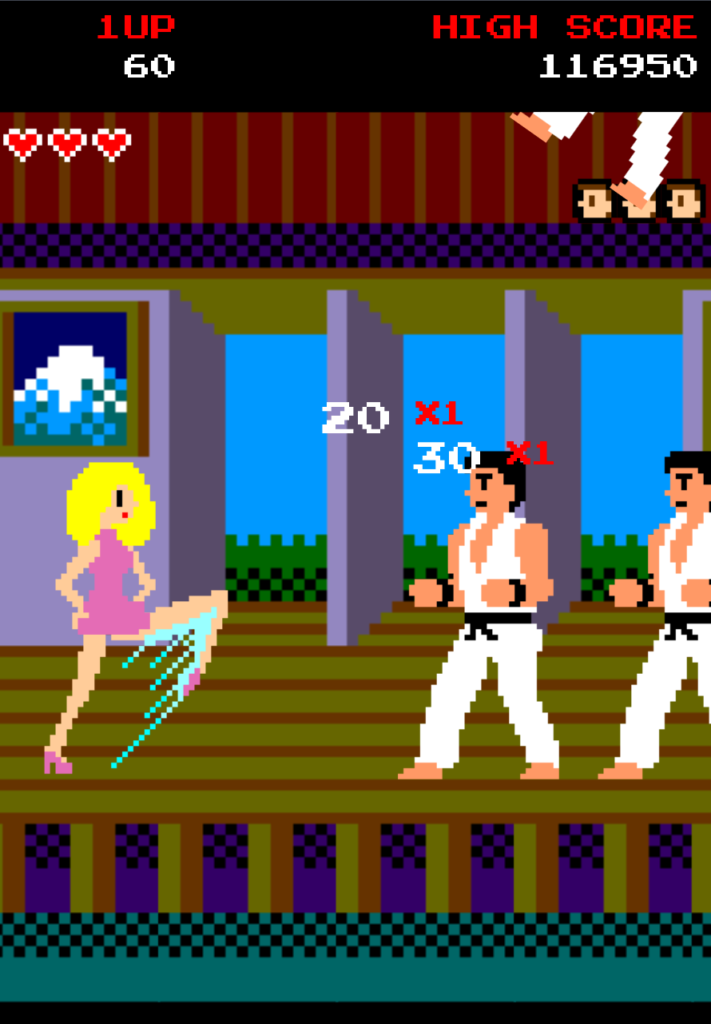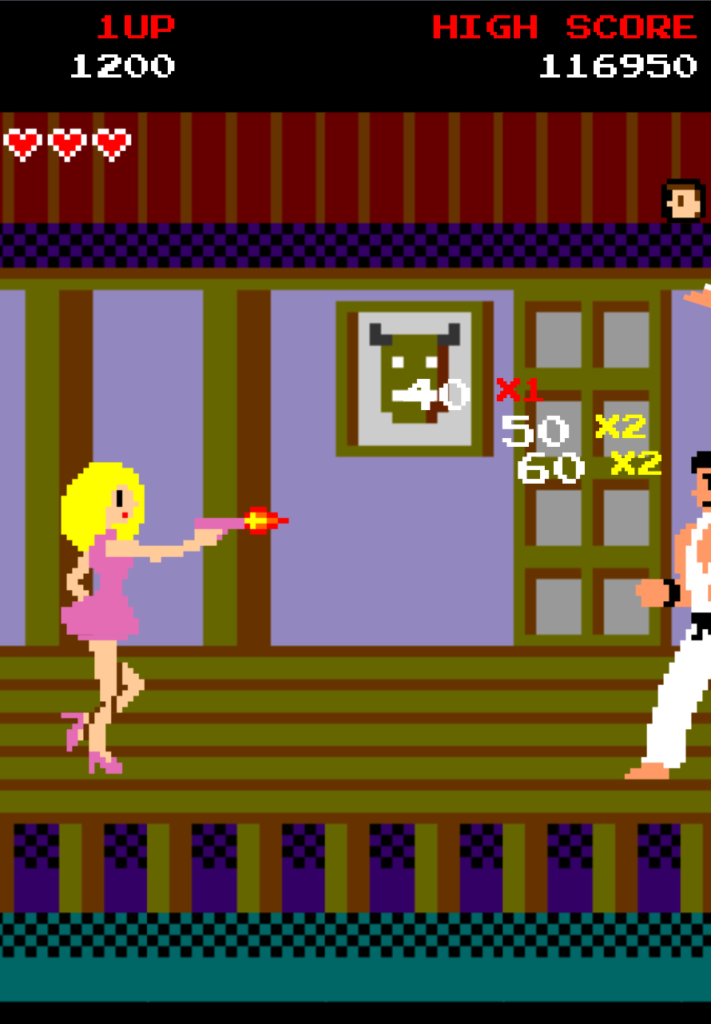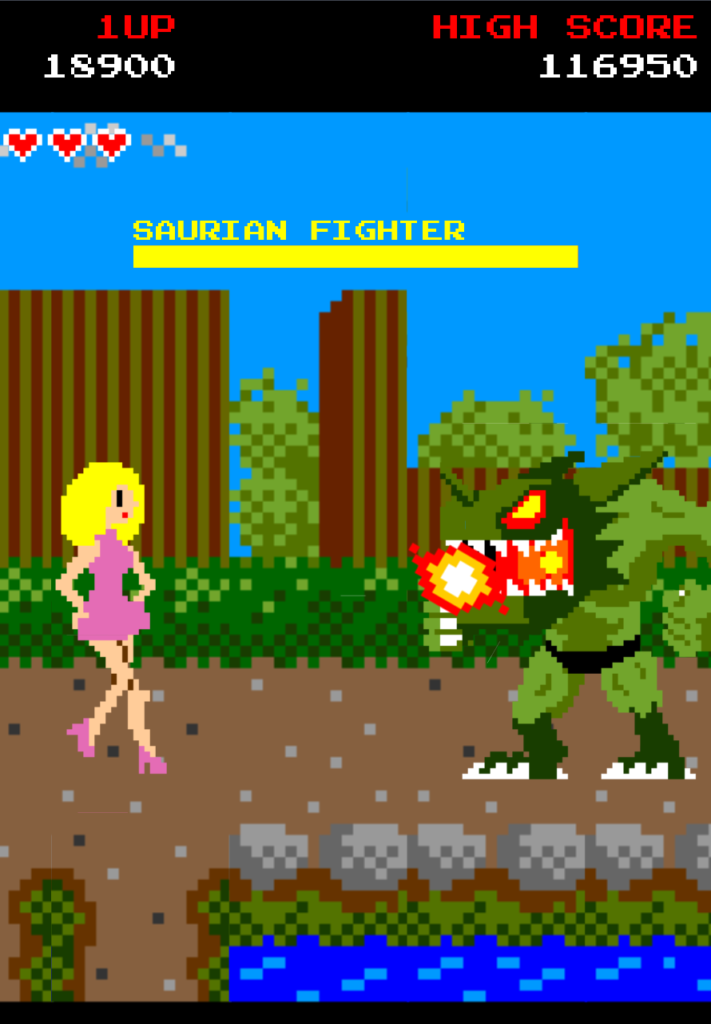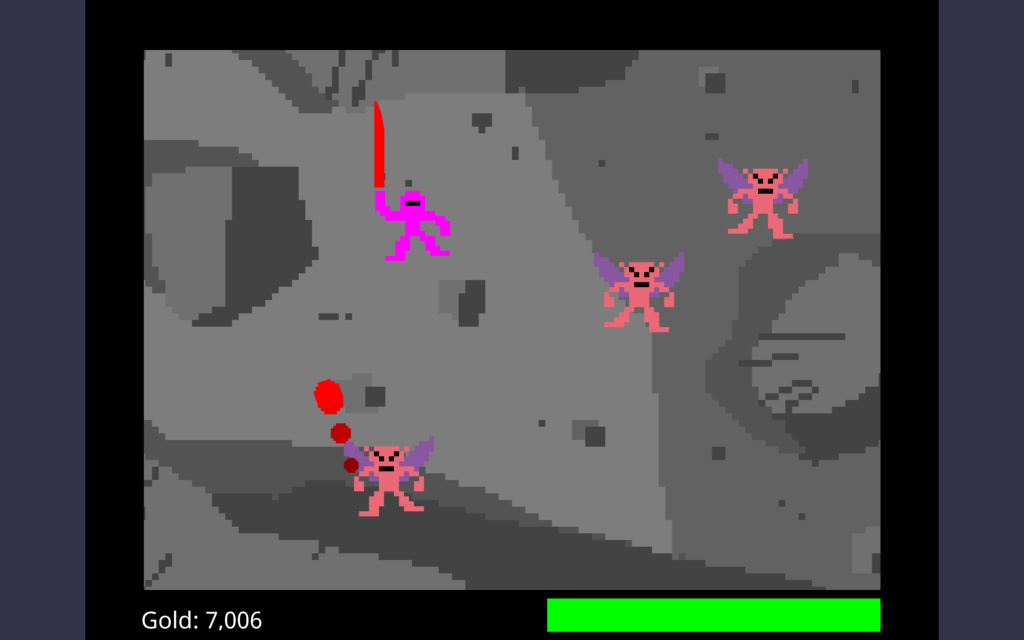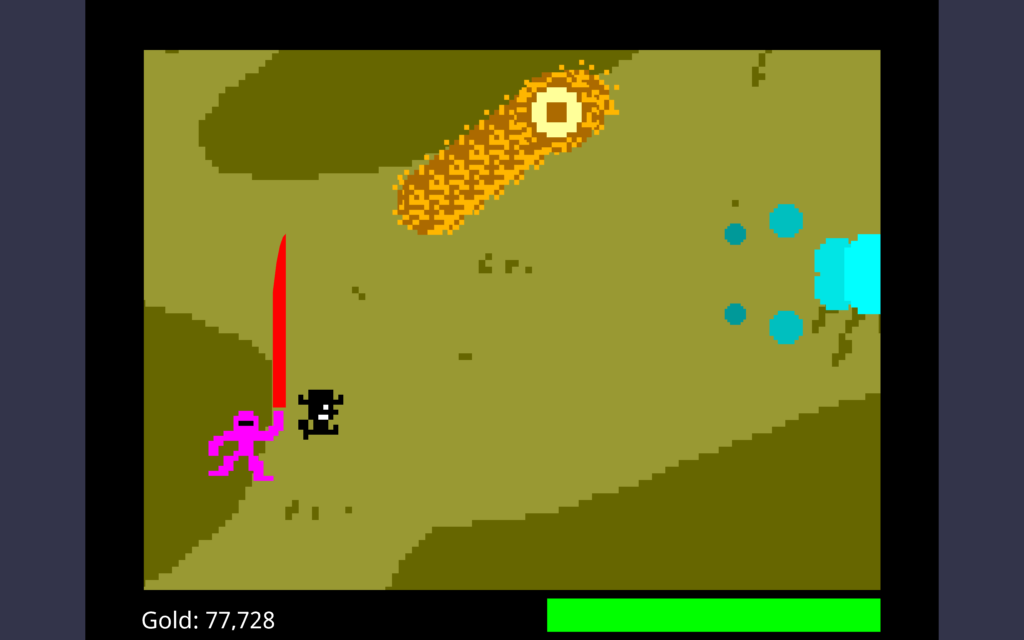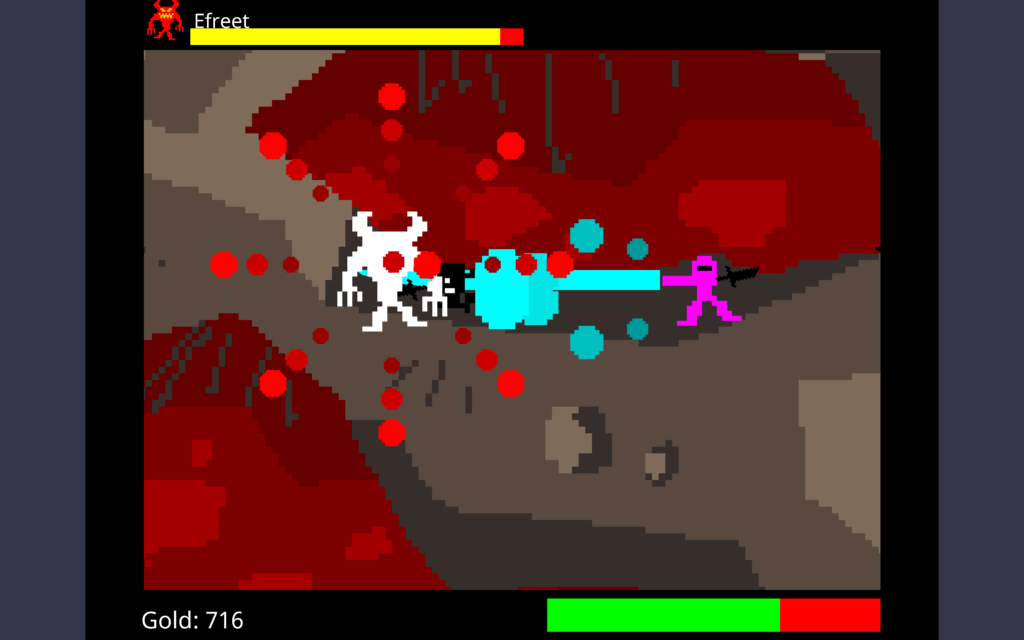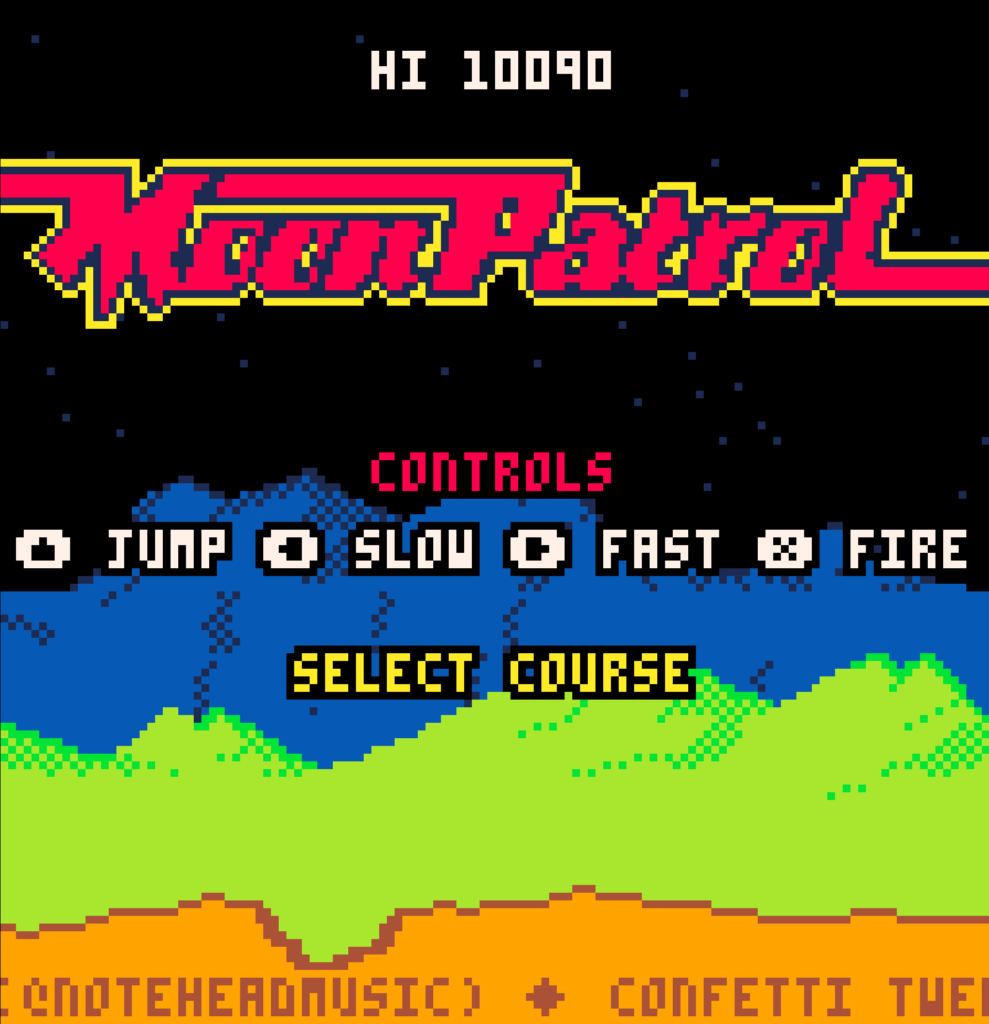The Lego Star Wars games (in fact, almost all of the Lego video properties) are very funny, even though they’re not all made by the came people. The games are made by Traveler’s Tales, the movies by Warner Animation, and the made-for-video productions by at least one separate group. And yet, they all share a certain light-hearted and irreverent sensibility that I find really appealing.
Star Wars has a lot of character deaths, but the Lego games do a good job of making them fun instead of tragic, as befitting their style. In this compilation of scenes from Skywalker Saga, note particularly how Darth Maul “dies”:
All Major Deaths in Lego Star Wars: The Skywalker Saga (Youtube, 12 minutes)

